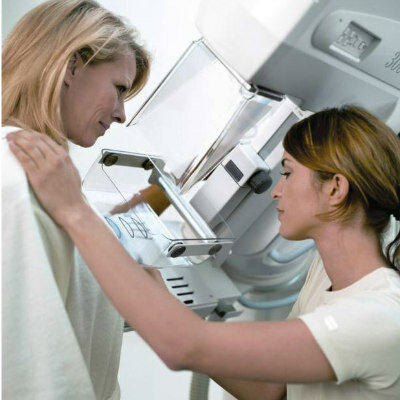Outsourced Radiologists Perform Better Readings for Fewer Hospitals
By MedImaging International staff writers
Posted on 21 Jan 2013
Familiarity and experience working for a specific hospital matters when it comes to the performance of radiologists who work for outsourcing teleradiology companies, according to a group of researchers, whose recent findings could have significant consequences, given the growing use of telemedicine. Posted on 21 Jan 2013
“More than half of all hospitals now use teleradiology services,” said Dr. Jonathan Clark, assistant professor of health policy and administration, Pennsylvania State University (Penn State; University Park, USA). “Hospitals send their X-ray, CT [computed tomography] scans, MRIs [magnetic resonance imaging], and other images to outsourcing companies who then forward the images to individual radiologists. Over the course of time, these radiologists gain a tremendous amount of experience by reading images from hundreds, or in some cases thousands, of customers.”
But is the experience gained by reading images for so many hospitals the same as the experience gained by repeatedly reading images for just a few hospitals? “There is debate out there about whether or not we should be outsourcing this kind of work,” Dr. Clark stated. “Some say that one CT is the same as another, so it doesn’t really matter if the CT is coming from hospital A or hospital B; what matters is that the person reading the image has the right training and experience. The other side of the debate says that radiological images are not commodities and that the process is more nuanced than simply exchanging bits of information over the information superhighway. From this perspective a radiologist’s performance will improve as he or she learns the nuances of reading images from a particular hospital.”
To figure out whether learning and performance improvement are customer-specific, the researchers, who also included Robert Huckman of the Harvard Business School (Cambridge, MA, USA) and Bradley Staats of the University of North Carolina at Chapel Hill (USA), studied the experience and productivity of 97 radiologists reading more than 2.7 million images from 1,431 hospitals.
“By estimating learning curves, we were able to determine the extent to which a radiologist's productivity reading an image for hospital A was a function of his or her prior experience reading for hospital A, versus his or her prior experience reading the same image for other hospitals,” Dr. Clark said.
The investigators discovered that the radiologist’s earlier experience with an ordering customer has a greater effect on performance than his or her overall experience reading the same type of image for other customers. “Somebody might look at that finding and say either what we should have is outsourcing radiologists who read for only a few customers or we shouldn’t have outsourcing at all,” Dr. Clark said, “because if you’re going to focus a radiologist on one or two customers, then you might as well make the argument that you should have him or her work as an employee for that customer.”
The researchers also found that the customer-specific knowledge gained by individual radiologists is aided by the variety of customers with whom a radiologist has experience. “How can it be that both specialization and variety are important?” Dr. Clark queried. “Our models can only take us so far toward answering this question, but we think the implication is that there are limits to both customer specialization and customer variety, and that the optimum is to have a nice mix of both specialized experience and variety in customers.”
Moreover, the researchers found that the customer specificity of learning lessened as the outsourcing company gained more experience with a particular customer. “The implication is that customer-specific capabilities may also be built at the level of the outsourcing organization as a whole and not just at the level of the individual radiologist,” Dr. Clark said. “Overall, this finding suggests that while there is customer specificity to learning for outsourcing radiologists, the implication is not that we shouldn’t outsource. Rather, our findings provide guidance to outsourcers in terms of how they might think about designing the work of their radiologists to maximize productivity. For new customers, an outsourcing firm may wish to keep individual providers relatively more focused on serving a specific customer. As organizational experience accrues with a specific customer, however, such dedication becomes less critical.”
The results of the study findings appeared online in January 8, 2013, in the journal Organization Science. “Our findings may be particularly important, given the growing use of telemedicine and the uncertainty associated with delivering healthcare in a virtual way. In the setting we studied, teleradiologists are often reading emergency cases, where speed and productivity can be critical, so it is important for outsourcing radiology firms to understand how they might design their operations to improve performance and ensure a rapid response for each customer,” concluded Dr. Clark.
Related Links:
Pennsylvania State University
Harvard Business School
University of North Carolina at Chapel Hill














